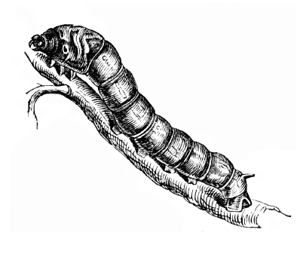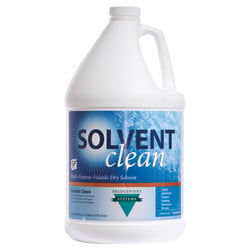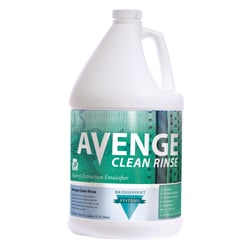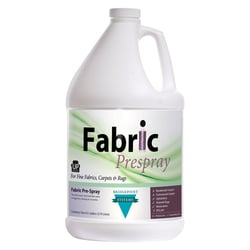The cleaning technician may encounter silk in rugs, upholstery, and cushions. There are several names for types of silk based on the way it is cultivated and processed, where it comes from, and how it is processed into fabric. Some of these names have multiple variations of spelling, so it can cause some confusion.
Silk is produced in China, Japan, India, and other areas of Southeast Asia. The production (called sericulture) of cultivated silk is carefully controlled through all stages of the moths’ life even including the type of leaves, mulberry, the silkworm (pupae) eat. Cultivated silk comes from the species Bombex Mori and accounts for about 80% of all silk production.
Only the center part of a cultivated cocoon is suitable for use. A single usable strand from a cultivated cocoon may be 2,000 to 3,000 feet long while the entire strand is much longer!
Raw silk includes fibers from damaged cocoons, the end sections of cultivated cocoons, sweepings from the floor of shops where the silk is reeled and spun, and some wild silk. Raw silk often has the sericin or gummy substances that hold the filaments together still attached. This must be washed off with detergents and hot water later in the manufacturing process.
Tussah silk, also known as wild silk, describes fibers from silkworms that live in forests. This includes different species of silkworm and different tress they may live and feed on. The variety of colors ranges from beige to golden brown. To preserve the strength of the fiber, wild silk is usually not bleached, so colors will vary. Unlike cultivated silk where the silkworm is usually called before it breaks out of the cocoon and damages the fiber, wild silk comes from damaged cocoons and the individual filaments will be much shorter. These shorter fibers are called “noil.”
Shorter fibers mean there are more ends. When made into fabric, the texture of Tussah or raw silk will be uneven and nubby with more slubs, having an appearance similar to burlap, but of course, the threads will be much finer. Not exactly what comes to mind when we think of something being “silky.”
There are some particular dangers to consider:
The fibers stretch very easily but do not return to their original length. So be careful that you do not pull or tug on the fiber, that it does not have any aggressive agitation, even a burr on your upholstery tool may snag a fiber.
The stretched fibers may not break, but are now longer and may not fit onto the cushions or hang on the sectional as they originally did, the fabric can look baggy in places. Check for this as a pre-existing condition.
Some raw silk, especially older pieces, has small impurities that appear as black specs. Rather like the specs in Haitian cotton. These black specs may dissolve in dry cleaning solutions or warm water. They then spread and make the fabric look dingy. If you see black specs. Test an inconspicuous area to see how they can be safely cleaned or reject the job.
One more thing to watch for on, especially on older pieces. Prolonged exposure to sunlight and/or perspiration weakens the fibers. They will break with just very slight agitation. One way to check for this is to put your ear close to the fabric and rub the cloth with the edge of a quarter. If you hear snap, crackle, and pop sounds, even this light rubbing is breaking individual filaments. You should avoid cleaning in this case or be sure you have no liability for the pre-existing weakness of the fibers.
Silk is easily dyed. Spills of any material containing dye (Gatorade, Kool-Aid, etc.) will usually not be completely removed. Hopefully, no one lets the kids treat silk this way.
Most silk fabrics can be used for upholstery material. However, it is common to add a backing material to provide strength and durability. This may be cotton that is knit or sewn to the back of the silk fabric.
CLEANING PROCESS
In general, dry cleaning is the safest, but not always the most effective way to clean silk. This is usually acceptable if the soil level is light or the soil is almost entirely body or hair oils which respond well to dry cleaning.
To clean with low moisture, mix with fabric shampoo and whip into a foam. Apply the foam with a natural ocean sponge. Gently work into the fabric. Extract with a neutral fabric rinse.
Silk can be extraction cleaned if you control the moisture by using a low moisture tool and keep the pH near neutral or slightly alkaline. We suggest the use of a neutral fabric pre-spray and a neutral fabric rinse for hot water extraction. Acids and strong alkalines will damage the silk.
Featured Products

Bridgepoint Systems, Stain Remover, Solvent Clean Volatile Dry Solvent, 1 Gallon

Bridgepoint Systems, Upholstery Cleaning, Avenge Clean Rinse, 1 Gallon

Bridgepoint Systems, Upholstery Cleaning, Fabric Prespray, 1 Gallon
